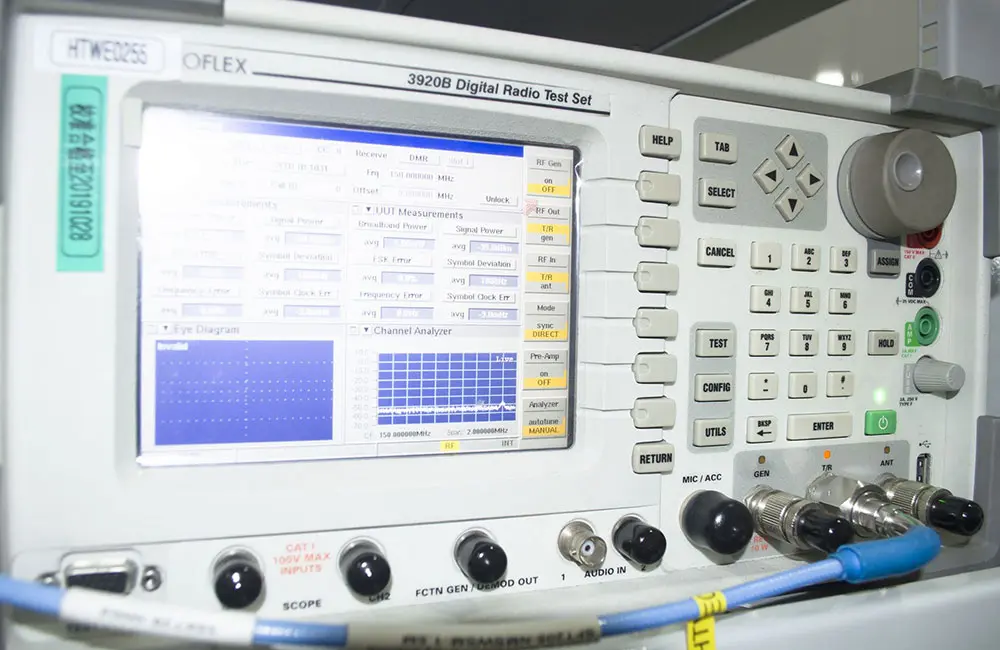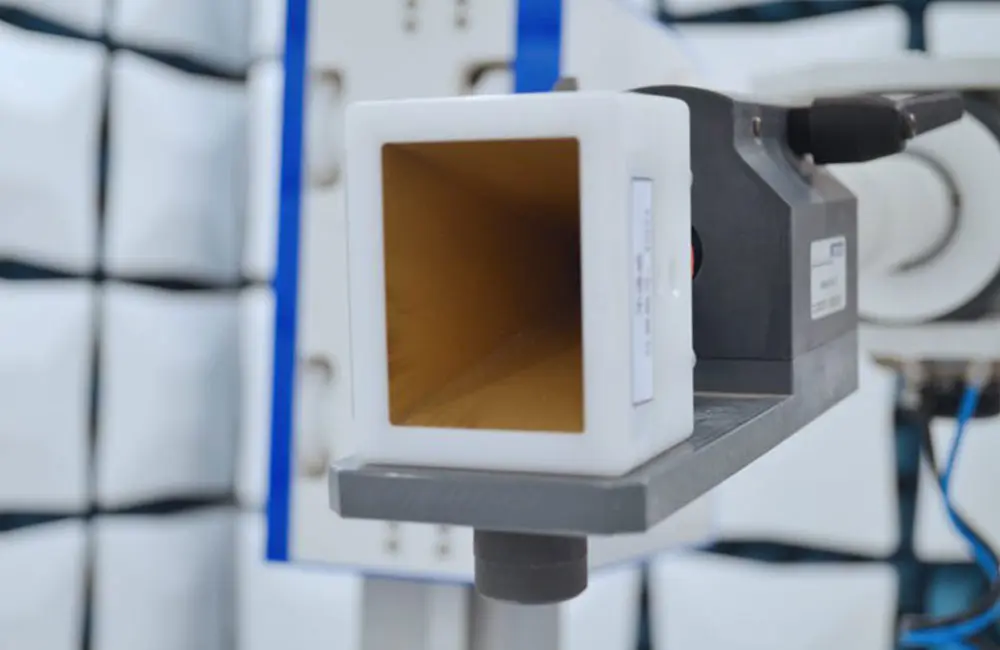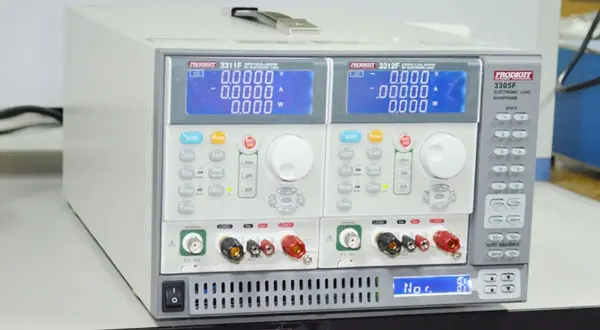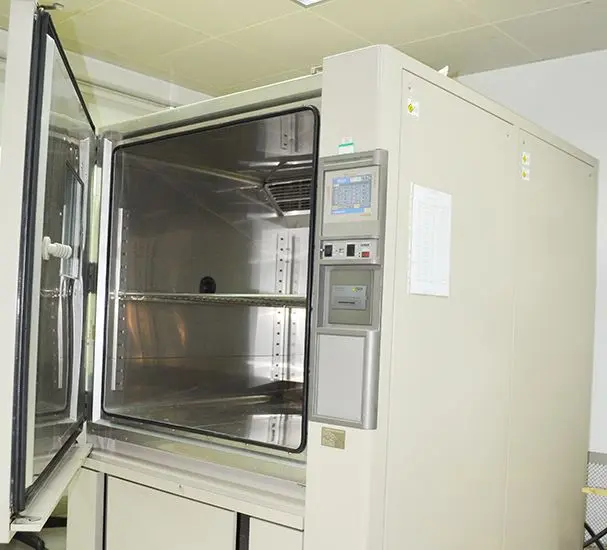
What is Battery Regulation (EU) 2023/1542?
The Battery and Waste Battery RegULation is a new regulation that sets requirements for batteries and waste batteries placed on the EU market. It covers all types of batteries unless exemptions apply.

What is the Battery Regulation?
The new Battery and Waste Battery Regulation (EU) 2023/1542 (or the Battery Regulation) aims to make batteries sustainable throughout their lifecycle, improve safety, and minimize their environmental impact.
This regulation is a CE marking regulation requiring battery manufacturers to comply with the following requirements:
1. Labeling
2. Documentation
3. Testing
4. Extended Producer Responsibility (EPR)
Revisions:
- Repeals the Battery Directive 2006/66/EC issued in 2006.
- Amends the Waste Directive concerning EPR requirements.
- Amends market surveillance regulations requiring battery compliance.
When Does the Battery Regulation Apply?
The Battery Regulation will apply from February 18, 2024. However, some articles will come into force later. Relevant provisions can be found in Article 96.
The Battery Directive will be repealed on August 18, 2025. Article 95 lists the provisions of this repeal, including information on items that will continue to apply for a longer time.
How is (EU) 2023/1542 Different from the 2006/66/EC Battery Directive?
The new Battery Regulation is a ce marking regulation with many requirements different from those of the 2006 Battery Directive. Key differences include:
- Restricted Substances
- Battery Regulation (2023):
- Mercury (0.0005%)
- Cadmium (0.002%)
- Lead (0.01%)
- Battery Directive (2006):
- Mercury (0.0005%)
- Cadmium (0.002%)
- CE Marking
- Battery Regulation (2023): RequiRED
- Battery Directive (2006): Not required
- Traceability Information
- Battery Regulation (2023): Product information and manufacturer information
- Battery Directive (2006): Not required
- Other Labeling Information
- Battery Regulation (2023): General information (weight, capacity), separate collection symbol, QR code, identification of the notified body (if needed), pictograms (if applicable), carbon footprint label (if needed), additional information (if needed)
- Battery Directive (2006): Separate collection symbol, cheMICal symbols, battery capacity
- Declaration of Conformity
- Battery Regulation (2023): Required
- Battery Directive (2006): Not required
- Technical Documentation
- Battery Regulation (2023): Required
- Battery Directive (2006): Not required
- Other Documents
- Battery Regulation (2023): Instructions, test reports, carbon footprint declarations (for certain battery types), digital battery passports (for certain battery types), related documents (for certain battery types)
- Notified Body
- Battery Regulation (2023): Required (for certain battery types)
- Battery Directive (2006): Not required
- Laboratory Testing
- Battery Regulation (2023): Required
- Battery Directive (2006): Not explicitly mentioned but generally required
- EPR/Registration
- Battery Regulation (2023): EPR mandatory, registration required
- Battery Directive (2006): EPR not mentioned, registration required
Which Products Are Regulated by the Battery Regulation?
The regulation covers the following types of batteries:
1. Portable batteries
2. Starting, lighting, and ignition (SLI) batteries
3. Light means of transport (LMT) batteries
4. Electric vehicle (EV) batteries
5. Industrial batteries
It also covers batteries incorporated into or added to products or specifically designed for them. The regulation does not cover batteries specifically designed for military and space equipment or for safety in nuclear installations.
Restricted Substances
Annex I of the regulation lists restrictions on three substances, regardless of whether they are contained in appliances. The restricted substances are:
- Mercury content in batteries must not exceed 0.0005% by weight.
- Cadmium content in portable batteries must not exceed 0.002% by weight.
- Lead content in portable batteries must not exceed 0.01% by weight.
The regulation also mentions that batteries must comply with restrictions in REACH Annex XVII and Article 4(2)(a) of the End-of-Life Vehicles Directive.
General Requirements
According to Article 5, only batteries that meet the following conditions are allowed to be sold or serviced:
1. Safety requirements
2. Sustainability requirements
3. Labeling requirements
4. Information requirements
Batteries must not endanger:
1. Human health
2. Personnel safety
3. Property safety
4. The environment
Standards
You can use relevant harmonized standards, which can be found on the CENELEC website by filtering for “2023/1542 (BAT)” in the “Legal Framework” field. If your product meets the standard’s requirements, it is presumed to also meet the regulation’s requirements (e.g., safety requirements). More details can be found in Article 15.
Examples of these standards include:
- EN IEC 62485-1 – Safety requirements for secondary batteries and battery installations – Part 1: General safety information
- EN IEC 62619 – Safety requirements for secondary lithium cells and batteries, for use in industrial applications
- EN 60896-22 – Stationary lead-acid batteries – Part 22: Valve-regulated types – Requirements
Conformity Assessment Procedures
According to Article 17, battery manufacturers must perform one or more conformity assessment procedures listed in Annex VIII to ensure compliance with various requirements. The assessment procedure depends on the battery type and the requirements they must meet.
Mass-produced batteries under Articles 6, 9, 10, 12, 13, and 14 must comply with:
- Module A – Internal production control
- Module D1 – Quality assurance of the production process
Non-series batteries and those under the same articles must comply with:
- Module A – Internal production control
- Module G – Conformity based on unit verification
Batteries subject to Articles 7 and 8 must comply with:
- Module D1 – Quality assurance of the production process
- Module G – Conformity based on unit verification
Batteries prepared for reuse, reconditioning, or remanufacturing must comply with Module A.
Below is a summary of different requirements:
- Labeling
- Module A: CE marking
- Module D1: CE marking
- Module G: CE marking and identification of the notified body
- Documentation
- Module A: Declaration of conformity, technical documentation, instructions, test reports
- Module D1: Declaration of conformity, technical documentation, test reports
- Module G: Declaration of conformity, technical documentation, test reports, quality system documentation, notified body report, quality records, notified body report
Documentation
Manufacturers must prepare applicable documents to demonstrate that their products comply with the regulation.
Declaration of Conformity
Manufacturers must submit a declaration of conformity for their batteries. Annex IX of the regulation includes a complete list of information that companies should provide in their declarations, including:
1. Battery model
2. Manufacturer name and contact information
3. Object of the declaration
4. Reference to relevant standards
Technical Documentation
Technical documentation should include various compliance information. The content of the technical file may vary depending on the conformity assessment procedure performed. Annex VIII includes the complete list of requirements for each module.
Common requirements for the three assessment modules (A, D1, and G) include:
1. General description of the battery
2. Label samples
3. List of harmonized standards
4. Test reports
Modules D1 and G also require:
1. List of technical specifications
2. Studies supporting the carbon footprint value
3. Studies supporting the recycled content share
Carbon Footprint Declaration
Manufacturers must provide carbon footprint declarations for the following battery types:
1. Electric vehicle batteries
2. Rechargeable industrial batteries with a capacity over 2kWh
3. LMT batteries
Declarations must at least provide:
1. Manufacturer's management information
2. Battery model information
3. Battery's carbon footprint
The list of required items can be found in Article 7, with details on carbon footprint calculation and when the declarations become applicable.
Instructions
Manufacturers must provide instructions for batteries or products containing batteries and publish them online. Instructions should be clear and readable. Article 12 requires technical files to include instructions to mitigate identified hazards such as explosions.
Safety instructions must be provided to end-users on:
1. Handling waste batteries
2. Handling lithium batteries
3. Risks associated with lithium batteries
Test Reports
Manufacturers must provide test reports as part of the technical file. Test reports are documents received from a notified body or testing company indicating whether their product has passed relevant tests, thus meeting requirements such as substance restrictions and safety.
Digital Battery Passport
A digital battery passport is required for the following types of batteries placed on the market:
- LMT batteries
- Industrial batteries with a capacity over 2kWh
- Electric vehicle batteries
The passport must include information:
1. Related to the battery model
2. Specific to the individual battery
3. Caused by the use of the battery
It must also comply with other requirements, such as:
1. Accessible via QR code and unique identifier
2. Accurate, complete, and up-to-date
3. Based on open standards
4. Regulated
More details and requirements for the battery passport can be found in Articles 77 and 78.
Labeling
The regulation requires various items to be labeled on batteries and their packaging. Below are these requirements:
Manufacturers must follow general principles of the CE marking and adhere to several rules and conditions for affixing the CE marking, including:
- Permanently affixed to the battery or packaging and accompanying documents.
- Affixed before the battery is sold or used.
- Followed by the identification number of the notified body (if required).
- Accompanied by markings or pictograms indicating any hazards or risks associated with storage, transport, handling, or use of the battery.
General Information
Battery labels must include traceability and specification information such as:
1. Product identification information (e.g., batch or serial number)
2. Company identity information (e.g., name, address, website, and email address)
3. Place of manufacture
4. Production date (year and month)
5. Weight
6. Capacity
7. Chemistry
8. Hazardous substances
9. Key raw materials
More information can be found in Annex VI, Part A.
Batteries must be marked with a separate collection symbol, which should:
1. Be a maximum of 5 × 5 cm
2. Cover at least 3% of the area of the largest side of the battery
3. Cover at least 1.5% of the surface area of cylindrical battery cells
4. If placed on packaging, be 1 × 1 cm (if the battery is too small)
5. Include the relevant chemical symbols.
QR Code
Batteries must be marked with a QR code, providing different items for different batteries as follows:
- LMT batteries, industrial batteries with a capacity over 2kWh, and electric vehicle batteries: QR code should provide the battery passport.
- Other battery types: QR code should provide:
1. General information about the battery
2. Battery capacity information
3. Information about the minimum average duration
4. Separate collection symbol
5. Chemical symbols (e.g., Cd or Pb)
6. EU declaration of conformity
7. Reports on the due diligence policy of economic operators on batteries
8. Information on waste battery prevention and management
- SLI batteries: QR code should provide heavy metal content, including active material and recovered heavy metals such as cobalt, lead, and nickel.
Carbon Footprint Label Requirements
The following types of batteries must have a prominent, readable, and permanent label indicating the battery's carbon footprint and declaring the carbon footprint performance class:
1. Electric vehicle batteries
2. Rechargeable batteries with a capacity over 2kWh
3. LMT batteries
Other Labeling Requirements
Article 13 requires different types of batteries to comply with additional labeling requirements such as:
- Rechargeable portable batteries, LMT batteries, and SLI batteries must indicate battery capacity.
- Non-rechargeable portable batteries must be labeled as “non-rechargeable.”
- Batteries with a lead content over 0.004% and cadmium content over 0.002% must be labeled with the respective chemical symbols (e.g., "Pb", "Cd").
Extended Producer Responsibility
The regulation sets requirements for Extended Producer Responsibility (EPR). Battery manufacturers must register in the relevant member state when placing batteries on the market for the first time. They must also comply with the waste battery management requirements in Chapter 8 of the regulation.
Producers may designate a Producer Responsibility Organization (PRO) to fulfill their EPR obligations. Note that EU member states may require producers to designate a PRO based on the specific and relevant waste management characteristics of a given battery category.
Laboratory Testing
Manufacturers generally need to conduct laboratory testing on their products to ensure compliance with substance restrictions, safety, and other requirements.
After laboratory testing, if the product passes, the manufacturer will receive a test report indicating compliance with relevant standards or other requirements.
Email:hello@jjrlab.com
Write your message here and send it to us
 LED Lighting EMC Testing Service
LED Lighting EMC Testing Service
 EU REACH Compliance Testing Services
EU REACH Compliance Testing Services
 Electronic and Electrical Reliability Testing Serv
Electronic and Electrical Reliability Testing Serv
 Electronic & Electrical Safety Compliance Test
Electronic & Electrical Safety Compliance Test
 Shenzhen Electronic Electromagnetic Compatibility
Shenzhen Electronic Electromagnetic Compatibility
 How to Test IP68 Rating
How to Test IP68 Rating
 Differences Between FDA and LFGB for Food Contact
Differences Between FDA and LFGB for Food Contact
 Process and Precautions for Amazon CPC Certificate
Process and Precautions for Amazon CPC Certificate
Leave us a message
24-hour online customer service at any time to respond, so that you worry!




